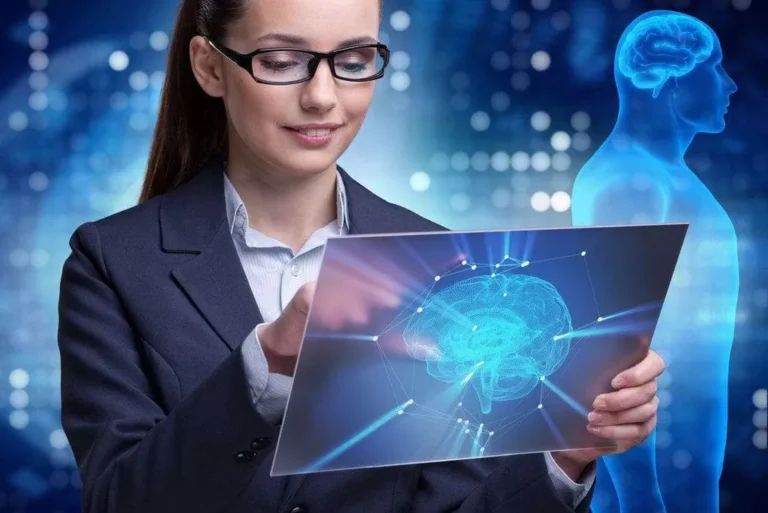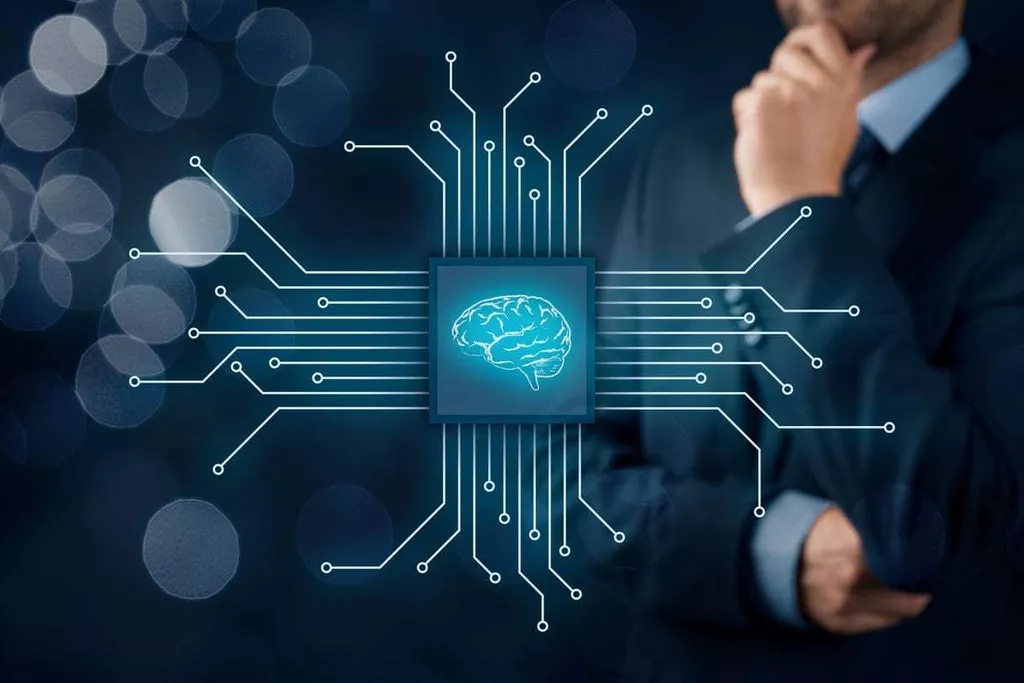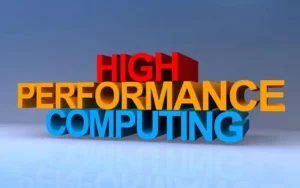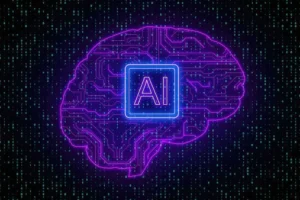A Comprehensive Guide to LSTM Models

Today one innovation stands out as a true powerhouse in artificial intelligence and data analysis: Long Short Term Memory or simply LSTM models. These neural nets have etched their significance across numerous domains, from online language translators to healthcare and beyond.
Being the subset of recurrent neural networks, they have garnered widespread popularity for their exceptional skill in holding data sequences with an unmatched finesse. Such models excel where traditional RNNs falter due to maintaining context and remembering information across extended sequences. If you want to know more, our guide will serve as a portal into the intricacies of LSTM models, shedding light on their essence, distinctions from first-generation RNNs, and how the Global Cloud Team can help you.
Explaining LSTM Models
In simple words, it’s a specialized architecture of neural nets designed to deal with time-ordered information. What sets them apart? Definitely, it is the ability to gather, remember, and process long data dependencies. Let’s look at the examples: understanding the context of a word in a sentence depends on words that are far away. In the sentence, “I grew up in France, so I speak fluent French,” the word “French” depends on the information provided earlier. Predicting the weather involves understanding long-term climate patterns, as well as how past conditions may influence current weather conditions.
The key to nets success is a multi-level architecture that can retain and utilize information over extended sequences. In contrast to traditional neural networks that often forget past data, LSTM models employ specialized gates to control what information is kept and what is eliminated. This selective memory retention makes them a powerful tool for interpreting and predicting data flows that evolve.

We are confident that we have what it takes to help you get your platform from the idea throughout design and development phases, all the way to successful deployment in a production environment!
Several Words about Data Sequences
At its essence, sequence learning is about comprehending and working with data that unfolds in a specific order or pattern. It’s like understanding a story where each event and the order matters. This type of learning is vital in various fields, as it enables machines to interpret and generate structured data, such as time series information and human language. Let’s overview the key capabilities of the data series:
- Capture the temporal context of events, providing a timeline of information. This temporal dimension is crucial for tasks involving the analysis of historical data, prediction of future trends, and understanding the order of events.
- Demonstrate sequential dependencies, where each data point often relies on previous data points. Understanding these dependencies is essential to making accurate analyses and projections.
- Encapsulate contextual relevance. The order in which information appears in a flow affects its meaning.
- Sequences are rich sources of patterns. Analyzing data sequences allows for recognizing recurring patterns, which can be used for various purposes, including trend analysis, anomaly detection, and predictive modeling.
One example of the data series to illustrate its essence is generating music by considering the order of musical notes, chords, and instruments. It can capture melodic patterns and create long compositions with particular structures.
Some data sequences exhibit memory and recurrence, where specific information may have a lasting impact and influence future data points. This memory-like behavior is vital in tasks that require long-term dependencies.
The Role of LTSM Models in AI
LSTM models make AI smarter and more responsive. These models influence AI development, reshaping how machines understand and interact with the world. One of their key contributions lies in sequence learning. Memory networks excel at handling data arrays, making them invaluable for tasks where data unfolds over time. This has revolutionized natural language understanding because chatbots and language translation services are able to engage in more in-depth dialogs and use sentiment analysis tools to offer context-aware insights.
Moreover, LSTM models have elevated AI’s ability to make real-time decisions. They play a vital role in autonomous vehicles, which process data from sensors, cameras, and surroundings and ensure safe and efficient navigation.
Acting as sequence predictors, such models have become instrumental in predictive analysis, aiding financial market foreseeing, weather forecasts, and energy consumption management. Their impact extends to healthcare, where they assist in patient outcome prediction and early disease diagnosis, ultimately improving healthcare delivery.
Key Characteristics that Distinguish LSTM from Traditional RNNs
LSTM models offer a significant advantage over traditional RNNs. Let’s compare these two types in detail.
| LSTM Models | Traditional RNNs | |
| Identifying Patterns | Excel at highlighting patterns in sequential data and remembering them. | Have difficulties due to the vanishing gradient problem. |
| Selective Memory Retention | Feature specialized gates to selectively store relevant data. | Lack of selective memory retention, leading to accumulation of noise. |
| Flexibility in Sequence Length | Can handle sequences of varying lengths, adapting to task-specific requirements. | Require fixed-length inputs or padding for sequences of different lengths. |

Architecture of Memory Cell
The core of sequential data modeling lies in a unique memory cell, a critical component that sets it apart from conventional RNNs. The LSTM memory cell is a sophisticated structure engineered to address the difficulties of handling sequential data and capturing extended dependencies. It consists of several essential elements, each serving a distinct function:
- At its heart, the cell state plays a dual role. It retains and conveys information across the entire sequence, serving as a conduit for data to flow while preserving and passing along crucial details to subsequent time steps.
- Being responsible for regulating the flow of new data into the cell state, the input gate determines which information should be updated and the degree to which it should be integrated.
- The forget gate makes decisions about what information should be discarded from the cell state. By learning which elements are no longer relevant, it ensures that the memory cell retains only the most pertinent data.
- Functioning as the gatekeeper, the output gate filters the cell state to produce the model’s prediction or the next segment of the sequence. It allows pertinent information to flow out and influence the model’s output while filtering out extraneous details.
These components collaborate synergistically, empowering the LSTM memory cell to process data with exceptional precision. In contrast to traditional RNNs, where data is merely relayed from one-time step to the next, sequential data models can selectively retain and leverage crucial information while effectively filtering out noise. This level of control, facilitated by different filters, underscores the effectiveness of LSTM neural networks in capturing and retaining long-range dependencies.
LSTM vs. GRU: What Is the Difference
While both serve similar purposes, they have distinct characteristics. LSTM boasts a complex architecture. This complexity allows it to process extended dependencies. However, this intricacy can result in slower training times and greater computational requirements, making LSTM an ideal choice for applications like machine translation and speech recognition.
On the other hand, GRU features a simpler architecture: an update gate and a reset gate. This simplicity often results in faster training, lower resource consumption, and greater interpretability. GRU can capture dependencies effectively but may not retain them as long as LSTM does. Consequently, it is more suitable for tasks where medium-range dependencies suffice, such as text generation and speech synthesis. The choice between LSTM and GRU ultimately hinges on the specific needs of the task, dataset size, and available resources, with both architectures offering valuable tools for deep learning practitioners.
Application Areas with Examples
LSTM models are used across diverse domains. Here are some real-world applications that will help you understand when to use LSTM models to achieve more significant results. Look at the table below:
| Application Area | Description | LSTM example |
| Spoken Language Understanding | Models enhance voice assistants and speech-to-text applications. | Consider a voice assistant like Siri or Google Assistant. When you give a command, the device must accurately recognize and convert your speech into text. When you say, “Set an alarm for 7 AM,” the LSTM model considers the sequence of phonemes and the context to understand your request and execute it. |
| Autonomous Vehicles | Driverless cars rely on models to make real-time decisions. | Tesla’s Autopilot system employs LSTM to interpret data from cameras and sensors, enhancing driving safety. |
| Healthcare | LSTM models aid in patient outcome prediction and disease diagnosis. | Systems predict patient readmissions by analyzing health records improving healthcare management. |
| Finance | Models analyze historical financial data to assess risk and make investment predictions. | Credit rating agencies use LSTM to assess credit risk based on financial history. |
| NER | Models are employed to identify and classify entities like names of people, organizations, locations, dates, and more. | Let’s say you want to extract relevant information from a news article about a corporate merger. An LSTM-based NER model will analyze the article’s text, identify the company names, acquisition details, and key dates, making it easier to retrieve specific information about the event from a vast amount of text data. |
These real-world LSTM applications showcase their versatility and impact on various industries. Their capacity to process long dependencies and discern intricate patterns in data makes them invaluable tools for enhancing efficiency, accuracy, and decision-making.
Trust Your Product Development to the Global Cloud Team
For AI-powered solutions, LSTM stands as a transformative force, revolutionizing the way systems analyze sequential data and generate predictions. Their exceptional capability to apprehend dependencies and selectively preserve information has positioned them as the preferred choice in a multitude of applications.
As the demand for innovative solutions powered by the LSTM deep learning model continues to grow, the future holds promise for even more breakthroughs and applications yet to be explored. Whether in technology, finance, healthcare, or beyond, LSTM models are poised to be your allies in unlocking new possibilities.
If you want to leverage the power of sequential memory networks and AI-driven solutions, contact the Global Cloud Team, a trusted software development company. Our expertise in AI and deep learning can help you harness the potential of LSTM and other cutting-edge technologies to drive your business forward. Book a call and get your custom AI solution.
Top Articles
The Primary Aspects of High Performance Computing (HPC)
I am here to help you!
Explore the possibility to hire a dedicated R&D team that helps your company to scale product development.






